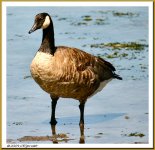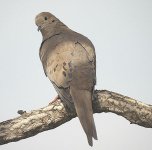Widowmaker
Guest
Has anyone had any experience with this lens or know of anyone that uses it? I am assuming it is based on the same principle as a cassegrain telescope in which case I would expect very sharp image results. I have been searching the web for image examples but have not been successfull.
I am debating on this lens, which goes for around $300 and then possible a good macro lens in the $300 range or one Sigma 50-500 lens that cost around $700.
Any help appreciated.
I am debating on this lens, which goes for around $300 and then possible a good macro lens in the $300 range or one Sigma 50-500 lens that cost around $700.
Any help appreciated.





